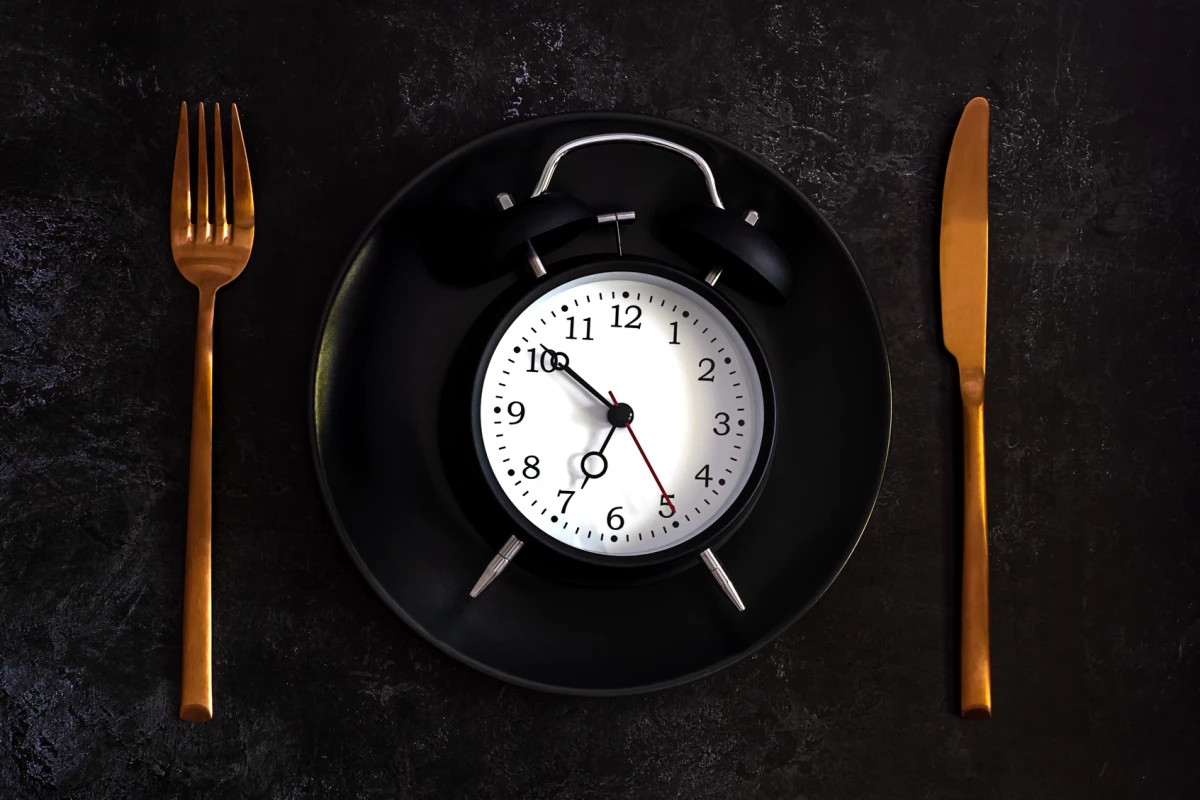A popular form of intermittent fasting is called time-restricted feeding (TRF), and it involves consuming all one’s daily calories in a small window of time. The most common type of TRF is an eight-hour daily feeding window, known as the 16:8 diet, but so far there is little clinical trial research to clearly ascertain the optimal TRF window for either weight loss or metabolic disease prevention.
A new study from researchers at the University of Illinois at Chicago is offering the first clinical trial data comparing the effects of two types of TRF, a four-hour eating window (20:4) and a six-hour eating window (18:6). The trial recruited 58 subjects and randomly split them into three groups, including a control directed to continue regular eating patterns and activity levels.
Subjects in the study groups were given no restrictions on the types of food they should eat but told to only drink water or calorie-free beverages outside the specified eating periods. The four-hour TRF group was instructed to only eat between 3 pm and 7 pm each day, while the six-hour TRF group could eat between 1 pm and 7 pm.
The trial lasted eight weeks with the primary outcome being weight loss, and secondary outcome measures being improvements to a number of markers of cardiovascular health, including blood pressure, cholesterol, triglycerides and inflammatory markers.
Overall, the trial found very little difference between the two TRF cohorts after eight weeks. Compared to the control group, both the four-hour and six-hour diet groups lost around three percent of their overall body weight. Both diet groups, despite no directions to change their general diet, also reduced their overall caloric intake by around 550 calories per day.
Both diet groups showed similar reductions in insulin resistance and oxidative stress levels at the end of the eight-week intervention. However, no effect on cholesterol, triglycerides or blood pressure was seen in either group compared to the control.
“The findings of this study are promising and reinforce what we’ve seen in other studies – fasting diets are a viable option for people who want to lose weight, especially for people who do not want to count calories or find other diets to be fatiguing,” says Krista Varady, corresponding author on the new study. “It’s also telling that there was no added weight loss benefit for people who sustained a longer fast – until we have further studies that directly compare the two diets or seek to study the optimal time for fasting, these results suggest that the 6-hour fast might make sense for most people who want to pursue a daily fasting diet.”
While Varady suggests a daily six-hour eating window is at least as effective as a four-hour window, there is still a great deal more research needed before scientists understand how to optimize this kind of time-restricted feeding. One unanswered question raised by the researchers is whether there are benefits to shifting a given eating window to earlier in the day. It is suggested a six-hour eating window may be more metabolically beneficial if shifted earlier, as insulin sensitivity has been reported to be higher in the morning.
The researchers also point out the three-percent average weight loss, seen across both cohorts in the trial, is below the five-percent threshold suggested as the minimum needed for a clinically significant beneficial intervention. This potentially can be explained by the short eight-week duration of the trial but, again, more research is needed to clearly determine the most effective strategy for time-restricted feeding.
The new study was published in the journal Cell Metabolism.




